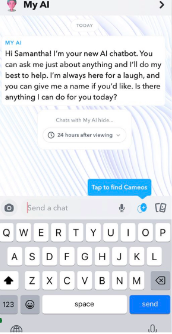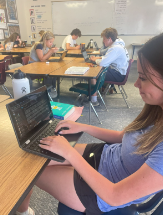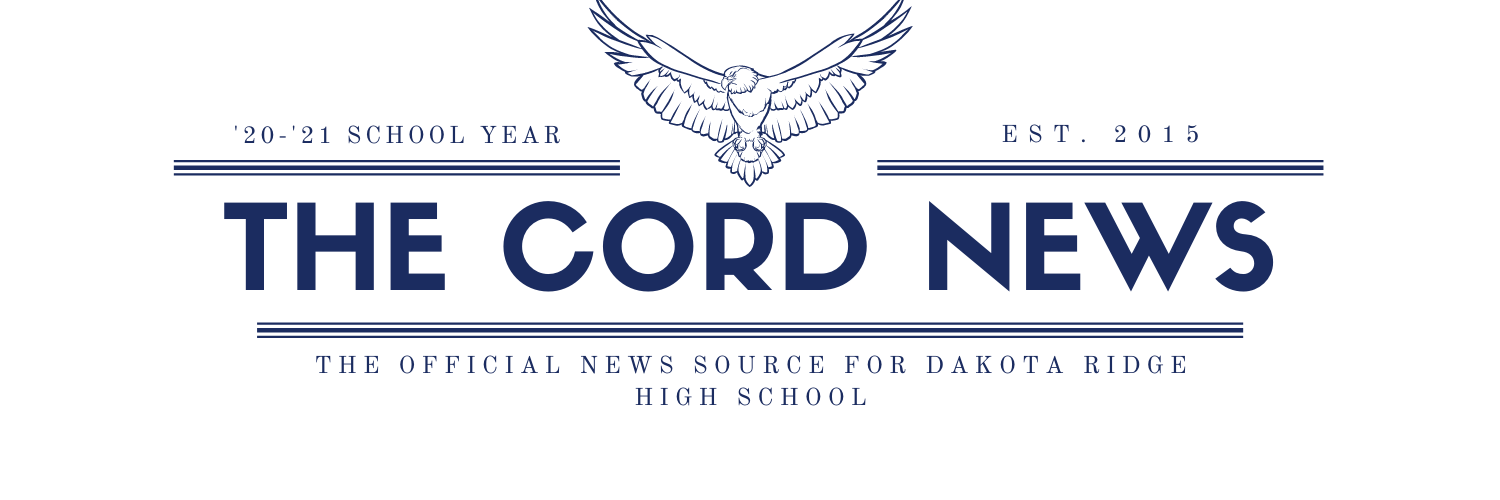New AI Begins To Affect Education

The introduction that My AI gives users when it first appears on their feed.
May 10, 2023
AI, or artificial intelligence, has the potential to revolutionize the world we live in. By automating tasks that were once the exclusive domain of humans, AI can free us up to focus on more important things. However, it’s also important to recognize that AI can be dangerous if not properly controlled.
One of the biggest risks associated with AI is the development of autonomous weapons. These are weapons that can operate without human intervention, and they have the potential to cause unintended damage. For example, an autonomous drone might mistake a civilian for a military target, leading to tragic consequences.
Another risk associated with AI is the potential for bias. AI algorithms are only as unbiased as the data they are trained on, and if that data is biased, the algorithm will be too. This can lead to unfair outcomes, such as when AI is used to make hiring decisions or determine creditworthiness.
There’s always the risk that AI could become so powerful that it’s difficult to control. If an AI system becomes intelligent enough to improve itself, it could quickly become unstoppable. This is known as the “singularity,” and it’s a scenario that many experts worry about.
AI has the potential to be a powerful tool for good, but it’s important to recognize the potential risks. By proceeding with caution and developing AI in a responsible way, we can ensure that it remains a force for good in the world.
Did you know that the entire first part of this article was actually written by AI?
The artificial intelligence “friend” on Snapchat gives users someone to confide in and talk to on a daily basis. “AI” is able to respond to your questions and messages by using NLP, which is natural language processing algorithms that helps to read the message and then generate a response. With technology constantly advancing, the algorithms are able to analyze each word you are typing to determine the meaning. The algorithms are made with large datasets of text which helps them to see patterns and then be able to generate a response that is fitting to your message.

In April 2023 Snapchat released to every account a virtual friend known as “My AI.” With over 384 million users who are usually between the ages of 15-25, many people are being exposed to artificial intelligence.
The embedded virtual friend is able to answer any question you ask it, shown by how it wrote the entire first part of this article. It can give homework answers, write essays, and even more. This is taking away from education. As the school year is wrapping up, many students no longer have the motivation to learn or do any of their work. Instead, they turn to “My AI” and give it their homework questions to finish their assignments.
Soon this will become a habit among students, knowing that if an assignment is too long or hard, they can always turn to their AI to finish it for them. One experience I have witnessed with AI was one of my friends using her AI to give her answers on a test.
With this “tool” some students are no longer applying themselves within their school work, causing their education to be negatively affected.
“Although AI is cool, it feels like an overstep of technology. It is scary when technology like AI appears to have this much power. It’s also concerning how much people will begin to rely on technology more than they already have,” senior Sarah Loehding said.
In the Forbes article “AI In The Classroom: Pros, Cons, and The Role Of EdTech by Olufemi Shonubi, Shonubi mentioned that although AI is a powerful and useful tool, it also can cause students and teachers to be too reliant on it.
“There is also the lack of human interaction and emotional support that students receive when using AI-powered educational tools,” Shonubi said.
Although AI is very powerful and can bring support to students, it doesn’t engage students the way that in-person teachers do. When someone texts their AI a simple question and gets the response without even having to think about it, they are missing out on actually learning.
“While AI can provide personalized learning and instant feedback, it cannot replace the human and emotional support that students need to succeed and relying too heavily on AI-powered educational tools may impact students negatively,” Shonubi said.
One of the major parts of actually attending school is to get in-person connections, but this tool might show that students are losing that.
After quarantine and COVID-19, social anxiety has heightened making people not want to talk to those around them, let alone even leave their house. Having My AI now embedded in our everyday lives, this takes away even more of an opportunity to get students to engage and confide in others.
AI is extremely useful in many ways, but it can also be more destructive than helpful, especially for students.


